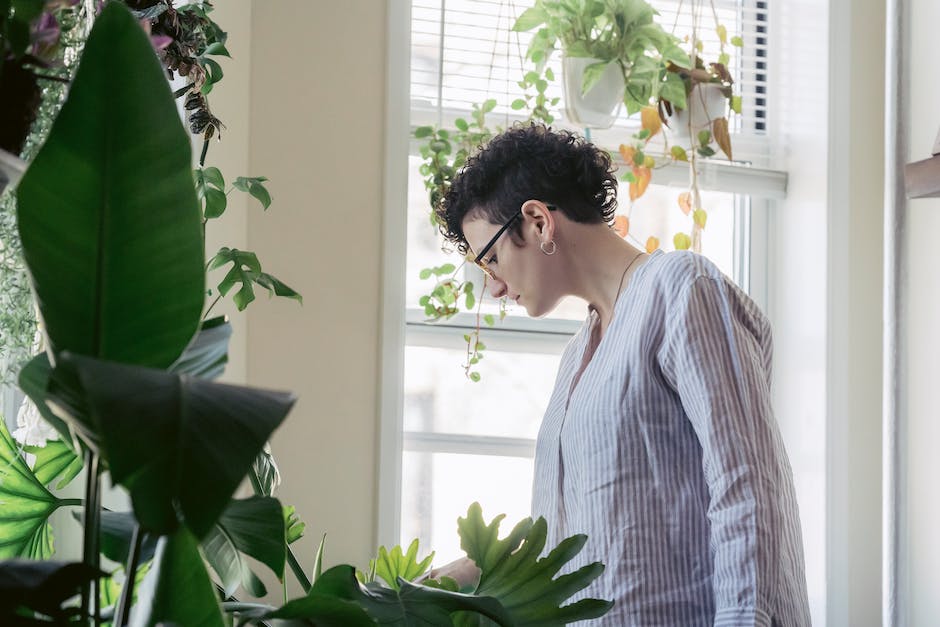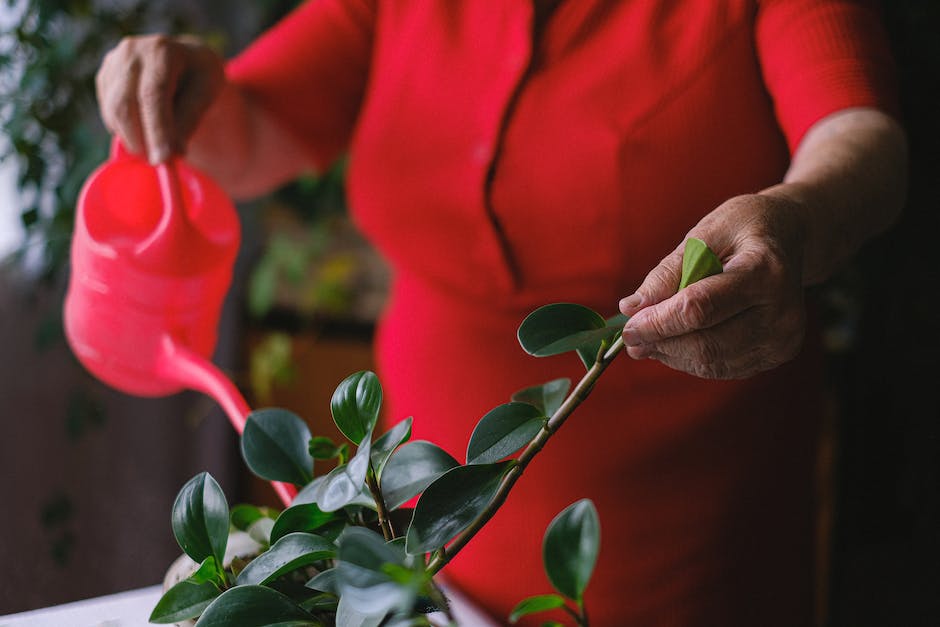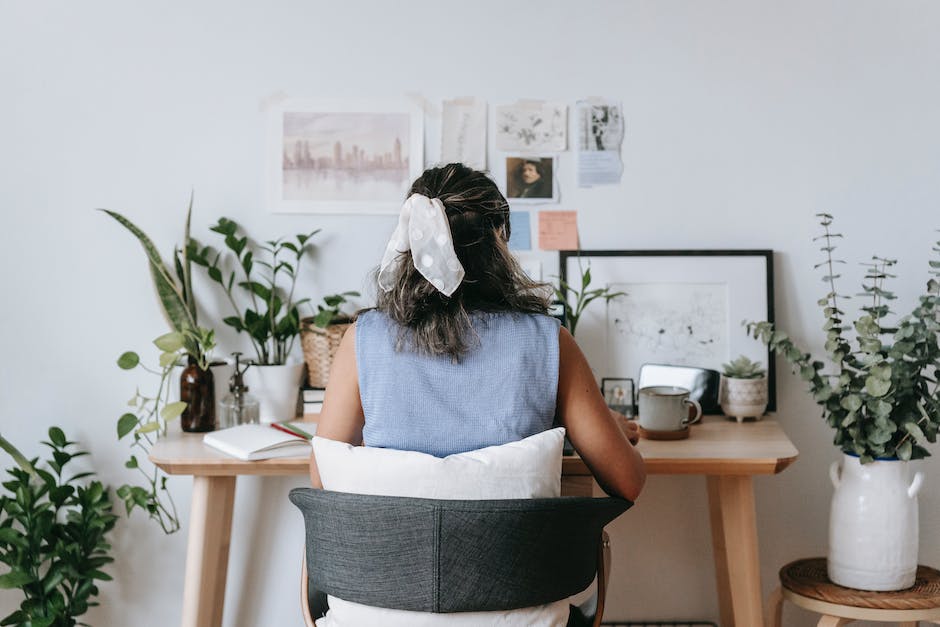Growing your own cannabis plants is an incredible way to satisfy your desire for fresh weed! You can start by growing small clones, then moving onto larger ones as you gain experience in marijuana cultivation.
Growing your own plants has several benefits over buying pre-packaged products. For one, it helps keep overall costs down because you know what things cost. And two, if you are passionate about pot, you will have more of a chance to learn how to maximize its potential.
This article will go into detail on how to grow your own cannabis plant starting with clonal growth! If you’re already experienced in growing flowers, adding this skill set under water is easy to do.
Clones are just like normal vegetative plants, except they bear seeds instead of leaves or shoots. They come from rhizomes (roots that develop buds), so remember to give them enough space to thrive. This article will talk more about creating your very first clone.
Prepare your growing environment
While some people grow cannabis plants directly from seed, most growers start with clones instead. Cloning is when you take a piece of mature plant tissue (like a cuticle or leaf) and then use that as a parent to produce more plants.
The first time many people clone was in the 1970s. Since then, there have been several different methods depending on the size of plant you are cloning and what stage you are able to get it to.
But all of these can be done easily at home! That means even if you are new to cannabis, you can still enjoy this beginner level process.
There are also a few basic things needed for successful cloned plants. These include nutrients, light exposure, humidity, temperature, and air circulation. All of these factors play an important role in growth.
Start your plant

The next step in growing your own cannabis is deciding what kind of clone you want to grow! There are two main types of clones: indicia-based or colossus-shaped. Indica-based plants have thick, fuzzy leaves and will typically develop roots along their stems. This type of plant will also produce more balanced products that are less euphoric and higher in THC content.
A good rule of thumb when choosing which clone to start with is looking at its leaf structure. If the leaves are thin and tight then it’s an indica-type plant, whereas if they’re fluffier and wider than the stem, it’s a hybrid clone.
There are many beginner friendly cloning methods that do not use chemicals such as gel media or agar. These can be done using seeds soaked in alcohol which later are dried and put into soil.
Care for your plant

After you get your clone, make sure to care for it properly! Make sure its light source is adequate and determine if it needs water or not.
You can take some of the gel that it produces and use it as soil in another pot. Once it has dried out, you can crush it and add it into new plants.
The cannabis flower will grow more heavily depending on the amount of gel that you have left over. This could help boost the production of the plant later on.
Harvest your plant

After about six weeks, you can begin harvesting your cannabis plants! Simply snip off any leaves or shoots that come in contact with the light source (a lamp will work fine) and then use a small knife to carefully cut the rest of the stalk down.
Once it is completely detached, roll it up like a cigar and see if it snaps or breaks easily! If so, keep it as part of this clone and repeat the process or discard depending on what stage it is at.
This is also an appropriate time to harvest the flower! Using a cheesecloth, create a large potting hole and pour some water into it.
Dry your plant
After you have gathered all of your supplies, it is time to dry! The first thing you should do is wash your cannabis plant thoroughly under running water. This removes any trace of oils or gels from the plant materials.
Next, use lukewarm (not hot) water to rinse each part of the clone. This removes the stress that the original seed experienced while growing, and helps preserve cell structure.
After this, let the plants air-dry in a warm, well-ventilated area. Depending on the size of the plant, this can take anywhere from one day to several weeks. Don’t worry about watering the plant during this process as it has its own source of moisture.
Once it is completely dried out, roll up the leaves and twigs to ensure they are tight and solid. If possible, store in an individual bag or container until you can properly space and incubate them.
Store your plant seeds

After you have gathered all of your supplies, it is time to prepare your seed box or pot where your plants will grow!
Most cannabis growers keep their plants in a light-proof plastic container called a dark chamber, or dark cup. This helps ensure that the roots do not receive too much exposure to sunlight, which can cause photosynthesis (the process by which plants consume water and nutrients through their leaves) to slow down.
This could potentially stunt growth or even kill the plant. By limiting exposure to only short periods during the day, your plant will still get enough sun needed for healthy growth.
After buying your clone package, store the soil and seeds separately in different containers with adequate air circulation. Make sure to check your plants’s moisture level frequently as well.
Identify your plant
The next step in growing your cannabis clone is deciding what kind of plant you want to grow! There are two main types of plants that can be grown for marijuana- indicents and hybrids. Indica plants are known for being relaxed and sleepy, while hybrid strains are more energetic and active.
The size of the plant makes a difference as well; larger plants typically take longer to develop than smaller ones. However, large plants require more frequent re-watering due to their thicker leaves.
It is important to know which stage of growth your plant is in before determining how to grow it from a cloned seed. Plants start off with the first set of leaves called the cotyledon, then these drop off and something new grows in its place. This new leaf is referred to as the second leaf or phyllode.
After this has happened five times, the third layer, or true leave, comes up around the second one.
Know your plants symptoms
A cannabis plant that looks sick or does not grow properly may be due to something other than lack of nutrients. Symptoms include yellow leaves, short internodes (branches within the clone), weak roots, and small leaves.
This could be caused by overexposure to light or insufficient air flow in the growth chamber. If necessary, move the pot outside to prevent it from overheating.
Alternatively, check if there is too much water under stress – particularly as clones need more moisture when they are developing their root system.
If you notice any of these problems, do not worry! This list contains some easy tips to help get your plant back on track.





